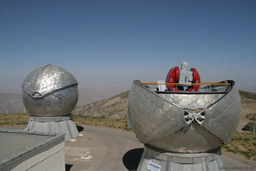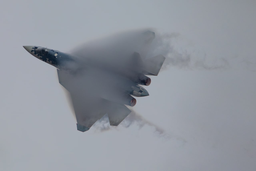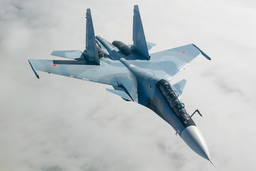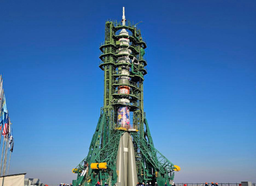The repeated "Luna-25" mission will be relatively inexpensive, but will still require significant costs. Alexander Zheleznyakov, an expert in the field of rocket and space technology, shared his thoughts with RIA Novosti. Last week, Roscosmos announced that it was considering repeating the mission to land on the South Pole in 2025-2026.
I would name the figure of 4-5 billion. Firstly, considering that much has already been developed. Perhaps it will be necessary to correct something in the light of working on mistakes, but this will no longer be so fundamental
According to the expert's calculations, the creation of the first "Luna-25" cost Roscosmos 12.6 billion rubles. Despite the mistakes that led to the failure of the mission, it will not be necessary to start from scratch on the second such station. The new station should be built much faster, and the costs associated with the production of "Luna-25" version 2.0, according to the expert, will be significantly less.

The emergency commission to investigate the causes of the failure of the first "Luna-25" began work on August 21, the day when the station was scheduled to successfully land on the moon. Recall that communication with the Luna-25 spacecraft was lost on August 19. It was then revealed that it crashed on the surface of the Moon. Roscosmos CEO Yuri Borisov, speaking about the preliminary causes of the failure, called the increased operating time of the correction engine a mistake - it continued to operate for 127 seconds instead of the planned 84, which led to the accident. The results of the commission's work will be taken into account in the implementation of the following missions.
How are things on the Moon with others?
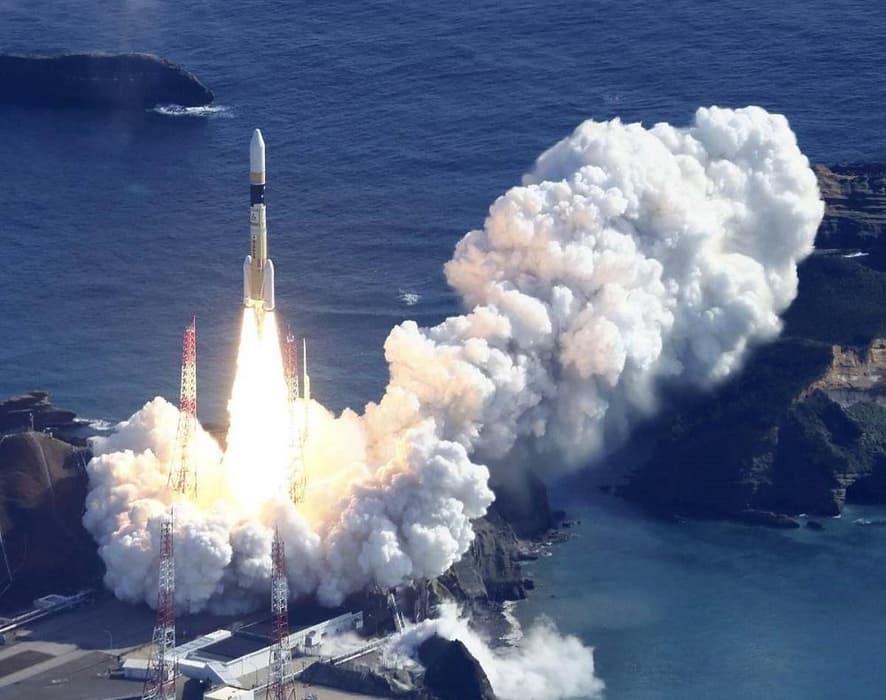
The Japanese SLIM module has also not yet reached the surface of the Moon. The launch of the Japanese H2A carrier rocket was postponed today due to weather conditions at the cosmodrome. The date of the next launch is still unknown, but it is planned that SLIM should make a soft landing on the Moon by September 15. If successful, Japan will become the fifth country after the USSR, the USA, China and India to successfully reach the surface of the Moon. It is reported that the module can land on the Moon with high accuracy - the landing error does not exceed 100 meters. Inside the Japanese module there is a special camera that can measure the amount of iron and other elements in the materials of the lunar surface.
In April of this year, the Japanese company Ispace launched the Hakuto-R module, which was conceived as the world's first privately developed device capable of landing on the Moon. However, communication with the module was lost, presumably due to the fact that it collided with the lunar surface and crashed.
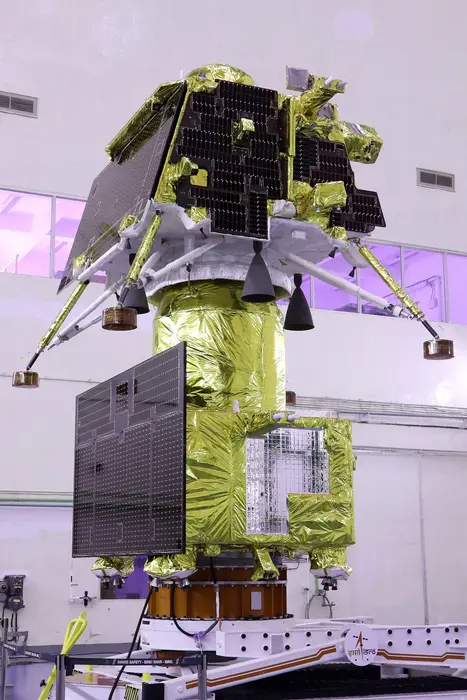
Meanwhile, Chandrayaan-3, the first Indian lunar spacecraft to make a soft landing on the South Pole of the Moon on August 23, is already reporting very interesting research results. It turned out that the temperature of the surface of the Earth's natural satellite at the South Pole is 70 degrees Celsius, instead of the 20 or 30 degrees expected by scientists.
As part of the ChaSTE (Chandra's Surface Thermophysical Experiment) experiment, the temperature profile of the upper layer of the lunar surface near the pole was measured to understand how heat changes on the surface of the Moon. A probe with a thermometer was placed at a depth of -10 cm. The thermometer itself is equipped with 10 separate temperature sensors. Detailed observations are ongoing.

